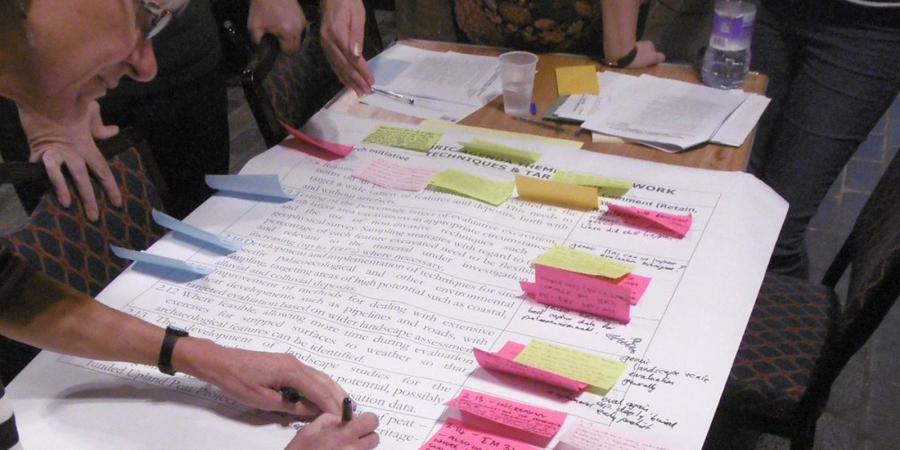What exactly do we, as a society, want to find out about the past? How important is this latest find? These interrelated questions are fundamental, as without clear and well-reasoned answers, it is unlikely that archaeological work will be useful.
Attempts to answer these questions take one of three approaches:
- Regional (an attempt to understand the archaeology of an area)
- Chronological (the archaeological manifestation of a particular period at a variety of geographic levels)
- Thematic (a particular find- or site-type or process, no matter where or when)
This blog is concerned with the first approach, as I am currently representing Wessex Archaeology in the updating of the North West Regional Research Framework (NWRRF). Funded by Historic England this is a 2-year project to renew the original, decade-old framework in light of new discoveries and evolving research concerns. The revised NWRRF will also enhance its focus on the historic buildings and built heritage of the region, it ‘will look up, as well as down’.
So what exactly does all that involve? Over recent years, typically under the auspices of Historic England (formerly English Heritage), regional research frameworks have developed a tried-and-trusted 3-fold approach, comprising the drafting, consulting on, and publishing of:
- A resource assessment: ‘What sort of archaeology/built heritage does this region have? What and where are the gaps?’
- A research agenda: ‘what do we need to know more about?’
- A research strategy: ‘how are we going to do this?’
The updating of the NW resource assessment is ongoing. Key authors contacted local authority Sites and Monuments Records to identify the most significant new discoveries, and then presented their findings at a conference in Lancaster in May 2017. The results can be read here, and will eventually be publically editable, via a ‘Wiki’ webpage. It was pleasing to hear some projects undertaken by Wessex Archaeology mentioned during the conference, and my involvement also provided the opportunity to inform the authors of sites that had not been mentioned.
Following the rebooting of the resource assessment update, the next two stages (revising the research agenda and strategy) presented the best opportunities for hands-on involvement. The format of both sessions was the same: the previous versions of the NWRRF were printed out onto A1 sheets and pinned up around the venue, and attendees (the sessions were inclusive and open to all-comers) then commented on the documents by means of post-it notes and open-floor discussions. This provided the opportunity to discard redundant questions and strategies and identify new ones. For example, reflecting recent social media controversies, it seems likely that the question of ethnicity and cultural identity in the Roman North West will receive greater prominence in the renewed framework. Key authors will again redraft the research agenda and strategy in light of this exercise, with the results also made available by an editable webpage.
As an educational charity, Wessex Archaeology seeks to support public understanding of the past by undertaking and promoting archaeological research; involvement with the NWRRF has been a useful way of pursuing these goals. Participating in the process has also allowed me to update my knowledge of the archaeology of the North West, and enhance the NWRRF with comments drawn from experience of working both within and beyond the region. With attendees representing all sectors of archaeological research (commercial, community, academic and curatorial), it has also provided a great opportunity to create links with other organisations and individuals, and also (as ever when archaeologists gather) to meet up with old friends.
You can read more about the NWRRF here.
By Patrick Daniel, Project Officer
